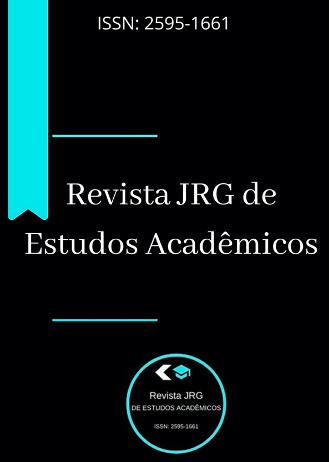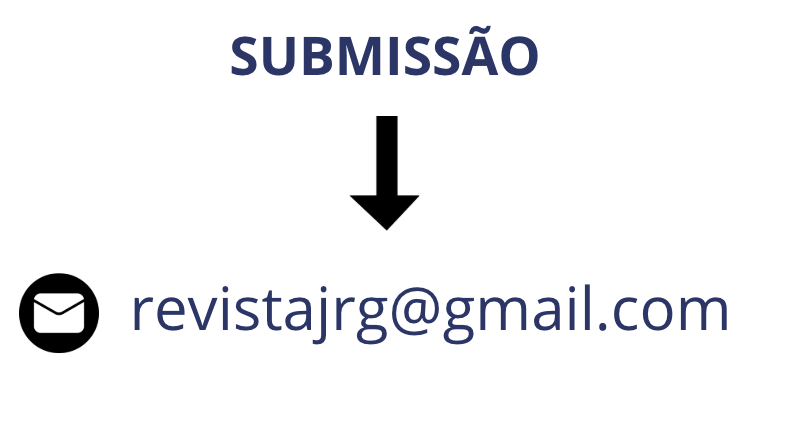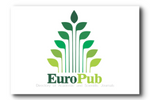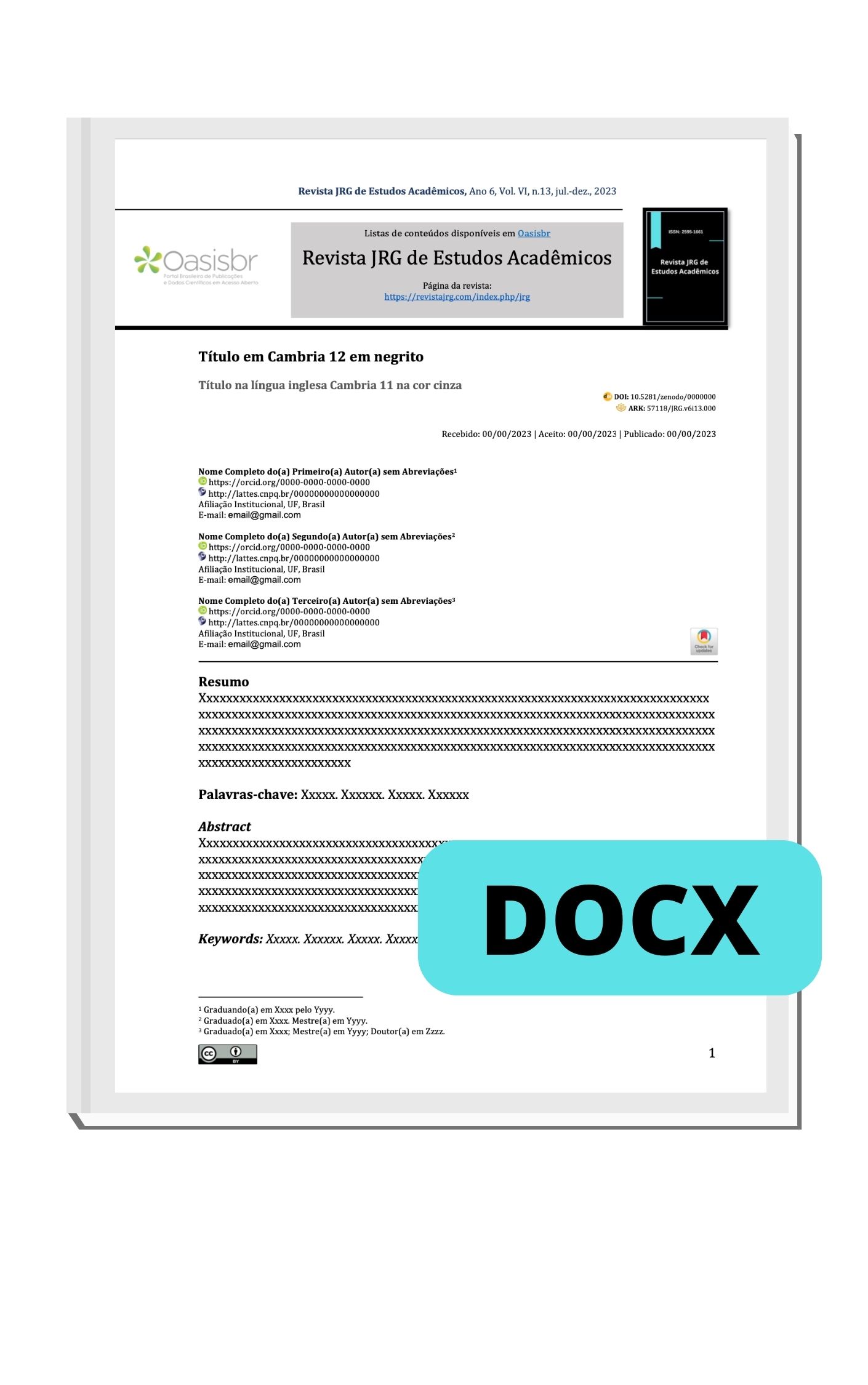EVOLUÇÃO DO SURTO DE SARAMPO NO BRASIL E AS AÇÕES DE COMBATE E DE PREVENÇÃO PRATICADAS
DOI:
https://doi.org/10.5281/zenodo.3893027Palavras-chave:
Sarampo. Monitoramento epidemiológico. PrevençãoResumo
Objetivo: Analisar a evolução do surto de sarampo no Brasil, no ano de 2019, bem como as ações de combate e de prevenção praticadas. Método: Trata-se de revisão de literatura, a abordagem teórica foi elaborada a partir de publicações científicas extraídas da base de dados BVS, a qual comporta artigos de outras diversas bases científicas, como LILACS, SCIELO, PUB MED. Foram utilizados também alguns documentos publicados pelo Ministério da Saúde, tais como: Boletins e Informativos Epidemiológicos, Guia de Vigilância em Saúde e Portaria. Resultados: Em 2019, o pico da doença no Brasil ocorreu entre as semanas 26 e 50 (23/06/2019 a 14/12/2019). Ao todo, foram 18.203 casos confirmados, com 15 mortes. 526 municípios distribuídos em 23 Unidades da Federação confirmaram casos de sarampo, sendo a maior parte no estado de São Paulo, que concentrou 84% dos casos, seguido dos estados do Paraná (4,2%), Rio de Janeiro (1,8%), Pernambuco (1,5%), Santa Catarina (1,4%), Minas Gerais (0,7%) e Pará (0,6%), somando juntos um total de 17.955 casos ou 98,6% de todos os casos do país. Conclusão: Os inúmeros surtos que se espalharam pelos diversos estados, causaram preocupação das autoridades sanitárias, sendo realizado constante monitoramento da situação, adotando estratégias com vistas a eliminar o resíduo de suscetíveis em todas as faixas etárias para permitir a eliminação da doença no País, conquistando novamente o certificado de país livre da doença. Nos estados mais afetados, no entanto, nenhum deles atingiu a meta de vacinação de 95% da população em todos os seus municípios.
Downloads
Referências
Borges, AO, Paulo, AR, Araújo, GM, Costa, SQ. Surto de sarampo pelo baixo índice de vacinação no Brasil. Revista Saúde Multidisciplinar. 2019; Edição especial: 169-173.
Branco, VGC, Morgado, FEF. O surto de sarampo e a situação vacinal no Brasil. Revista de Medicina de Família e Saúde Mental. 2019; 1(1):74-88.
Rodrigues, SN, Diniz, SN. Análise de conteúdos de ensino-aprendizagem em materiais educativos: sarampo. 10º Seminário de Iniciação Científica. 1º Seminário de Pesquisa e Pós-Graduação Stricto Sensu. ago. 2019.
Carvalho, AL, Dorabela, A, Andrade, JG, Diniz, LMO, Romanelli, RMC. Sarampo: atualizações e reemergência. Rev Med Minas Gerais. 2019; 29(Supl 13):80-85.
Person, OC, Puga, MÊS, Atallah, ÁN. Riscos, benefícios e argumentos para vacinação contra o sarampo: uma síntese de evidências. Diagn Tratamento. 2019; 24(3): 102-105.
Reyes, NKS, Albuquerque, DS, Mendonça, TMO, Cordeiro, J, Dias, CM. Modelagem matemática para a vacinação contra o sarampo.Proceeding Series of the Brazilian Society of Computational and Applied Mathematics. 2020; 7(1):1-2.
Ferreira, RSB, Sousa, JRR, Santos, JLP, Silva, SM, Rosa, ACS, Costa, JPR, Matos, JC. Correlação entre cobertura vacinal e notificação por sarampo no Distrito Federal. Revista Eletrônica Acervo Saúde. 2019; 11(17): e1654:1-8.
Brasil. Ministério da Saúde. Guia de vigilância em saúde. 3ª edição. Brasília: MS; 2019.
Xavier, AR, Rodrigues, TS, Santos, LS, Lacerda, GS, Kanaan, S. Diagnóstico clínico laboratorial e profilático do sarampo no Brasil. J Bras Patol Med Lab. 2019; 55(4): 390-401.
Brasil. Ministério da Saúde. Boletim epidemiológico 25. Brasília: MS; set. 2019. 50(25):1-16.
Moura, ADA, Braga, AVL, Carneiro, AKB, Alves, ECS, Bastos, CMM, Nunes, IH, Figueiredo, TWS, Canto, SVE, Garcia, MHO, Teixeira, AMS. Monitoramento Rápido de Vacinação na prevenção do sarampo no estado do Ceará, em 2015. Epidemiol. Serv. Saude. 2018; 27(2):e2016380:1-8.
Pereira, JPC, Braga, GM, Costa, GA. Negligência à vacinação: o retorno do Sarampo ao Brasil. e-Scientia. 2019; 12(1):1-5.
Waldman, EA, Sato, APS. Trajetória das doenças infecciosas no Brasil nos últimos 50 anos: um contínuo desafio. Revista de Saúde Pública. 2016; 50(68): 1-18.
Brasil. Ministério da Saúde. Boletim epidemiológico 06. Brasília: MS; fev. 2020. 51(6):1-37.
Brasil. Secretaria de Saúde do Distrito Federal. Informe epidemiológico: semana epidemiológica 52. Brasília: GDF; 2020. 1-4.
Brasil. Ministério da Saúde. Portaria Nº 204, de 17 de fevereiro de 2016. Define a Lista Nacional de Notificação Compulsória de doenças, agravos e eventos de saúde pública nos serviços de saúde públicos e privados em todo o território nacional, nos termos do anexo, e dá outras providências. Diário Oficial da União Brasil, Brasília (DF), 2016.
Downloads
Publicado
Como Citar
Edição
Seção
Licença

Este trabalho está licenciado sob uma licença Creative Commons Attribution 4.0 International License.










































